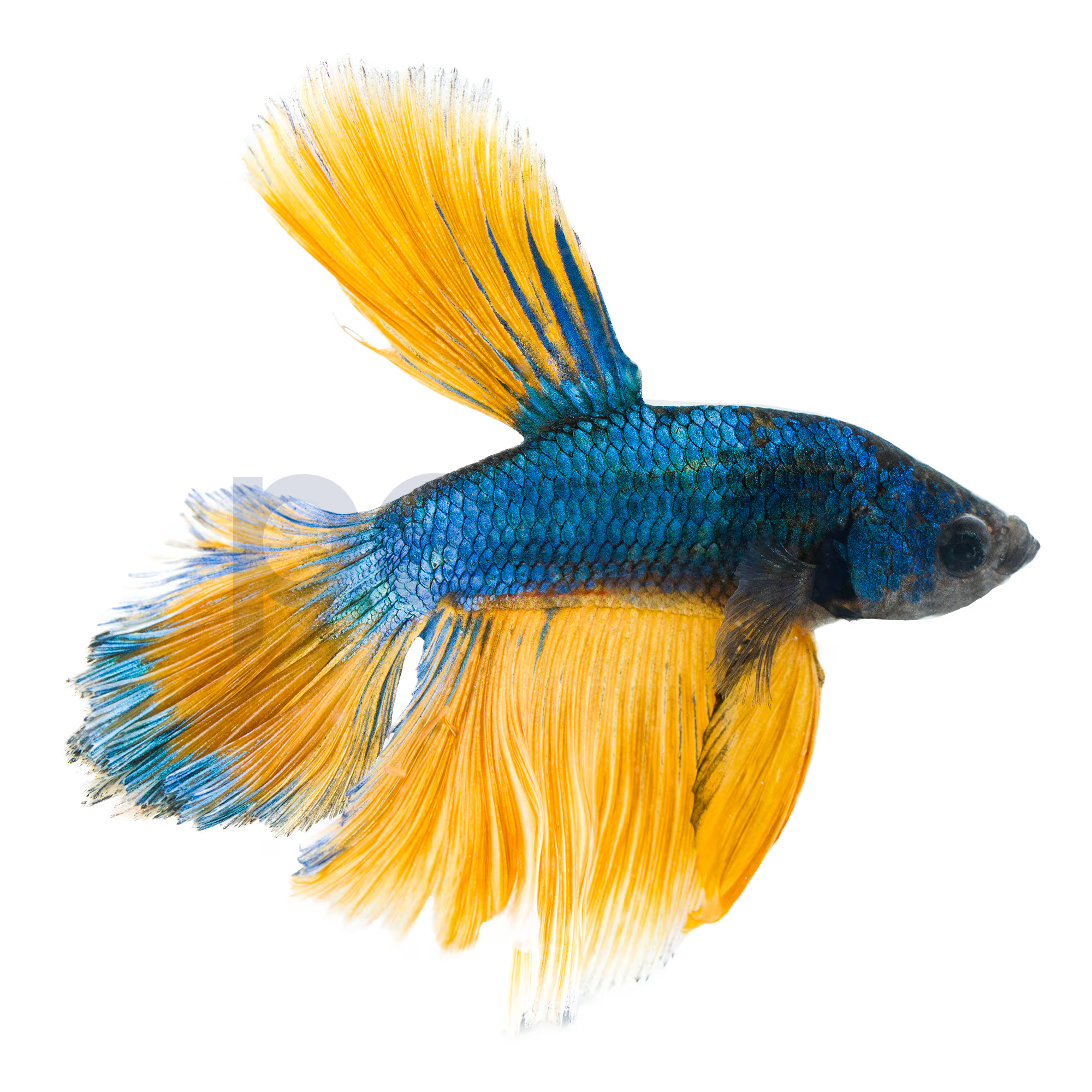The Ultimate Betta Fish Care Overview for New Animal Owners
The Ultimate Betta Fish Care Overview for New Animal Owners
Blog Article
Reproducing Betta Fish: a Comprehensive Step-By-Step Guide to Efficiently Raising Child Bettas From Eggs to Their Adult Years
Reproducing Betta fish is a meticulous venture that needs cautious preparation and execution to make sure the effective development of fry from eggs to grow fish. As the male Betta vigilantly constructs a bubble nest and guards the precious eggs, the succeeding phases of care and shift need interest to detail and understanding of ideal techniques.

Choosing Breeding Pairs
When embarking on the journey of breeding Betta fish, choosing the right reproduction pairs is critical to attaining preferable traits and a healthy family tree - betta fish. The primary step in this procedure is to recognize the certain qualities you desire to enhance or protect, such as color, fin type, and body shape. It is vital to pick genetically varied pairs to stay clear of inbreeding, which can bring about wellness problems and undesirable characteristics
Examine prospective breeding candidates meticulously. A healthy male Betta ought to display lively colors, an active temperament, and well-formed fins, while the female ought to additionally show vibrant coloration and a rounded tummy, showing preparedness for spawning. Observing the personality of both fish is important, as aggressive or excessively reluctant individuals may not breed efficiently.
Maintaining records of the moms and dad fish's ancestry can assist you track genetic qualities and possible problems. Ultimately, spending time in the option procedure will substantially enhance the likelihood of creating solid, vibrant offspring that meet your breeding goals.

Preparing the Reproduction Tank
Producing an ideal breeding atmosphere is an essential action after selecting suitable sets for Betta fish. The reproduction container ought to be especially designed to supply comfort and stimulate the all-natural breeding actions of the fish. Start with a storage tank size of at least 10 gallons to ensure sufficient room for both the man and women Bettas.
Preserve a mild filtering system to maintain the water clean while staying clear of solid currents that can worry the fish. Furthermore, an air stone can be included to supply oxygenation without interrupting the water surface excessive.
Temperature policy is critical; purpose for a steady range of 78-82 ° F(25-28 ° C) making use of a trusted heating system. The pH level must be preserved in between 6.5 and 7.5, and normal water changes are needed to make sure high water quality.
Integrate drifting plants or generating mops to develop hiding areas for the lady, while additionally urging bubble nest building by the male - betta fish. Lastly, ensure the storage tank is free from sharp decors and any possible risks, as the well-being of the fish need to constantly be focused on throughout this crucial stage of reproduction.
The Reproduction Process
Commonly, the breeding procedure for Betta fish involves a collection of distinct and observable habits that suggest preparedness for reproduction. The male Betta begins by building a bubble nest at the water's surface, which offers as a site for the fertilized eggs. This nest is important, as it supplies a secure setting for the eggs till they hatch.
When the nest is established, the male will show courtship habits, such as flaring his fins and displaying dynamic shades to draw in the female. The woman, upon picking up the male's readiness, will respond by displaying upright red stripes along her body, signifying her receptiveness.
The fed eggs then fall to you can find out more the bubble nest, where the male carefully gathers and returns them to the nest. Following this, the male assumes responsibility for safeguarding the nest and guaranteeing the safety and security of the eggs until they hatch, usually within 24-36 hours.
Caring for Betta Fry
Caring for Betta fry calls for mindful focus to their environment and nourishment to ensure healthy growth and growth. After hatching out, Betta fry are very small and vulnerable, requiring a stable navigate to this site and tidy habitat.
Feeding Betta fry is similarly important. Feed them tiny amounts numerous times a day, being mindful not to overfeed, which can lead to water quality problems.
Transitioning to Adult Bettas
As Betta fry fully grown, transitioning them to grown-up Bettas is an essential phase that needs careful management of their atmosphere and social interactions. This procedure commonly begins when the fry reach around 6 weeks old, whereupon they can be gradually introduced to a more organized living environment.
To facilitate this transition, it is necessary to ensure that the water specifications-- such as temperature level, pH, and ammonia levels-- are ideal and stable. Grown-up Betta fish flourish in warm water (around 78-80 ° F) with a pH of 6.5 to 7.5. Gradually adjust the fry to these conditions to lessen tension.
Social interactions are an additional vital element; man Bettas are infamously territorial and hostile. It is advisable to separate males into individual containers as they grow. Female Bettas can be housed together, however treatment should be required to check for indications of aggression.
Furthermore, nutritional adjustments need to be made as the fry grow. Integrate premium pellets and live foods to sustain their growth and wellness. By taking care of these aspects effectively, you can advertise an effective transition to their adult years for your Betta fish.

Conclusion
Successful breeding of Betta fish needs careful focus to detail throughout the whole process, from selecting genetically varied sets to giving optimum look after fry. By making sure ideal reproduction problems and preserving water quality, the likelihood of healthy and balanced children raises substantially. Furthermore, a well balanced diet and gradual adjustment to grown-up settings are crucial for the development and growth of Betta fish. Following these steps vigilantly cultivates a Clicking Here thriving population of Betta fish, improving both their wellness and vigor.
Report this page